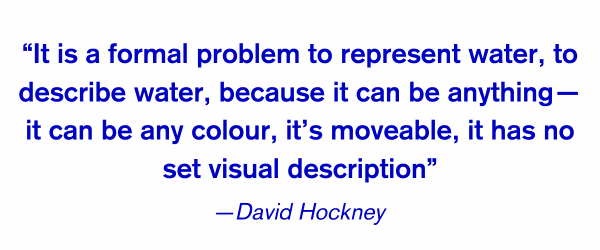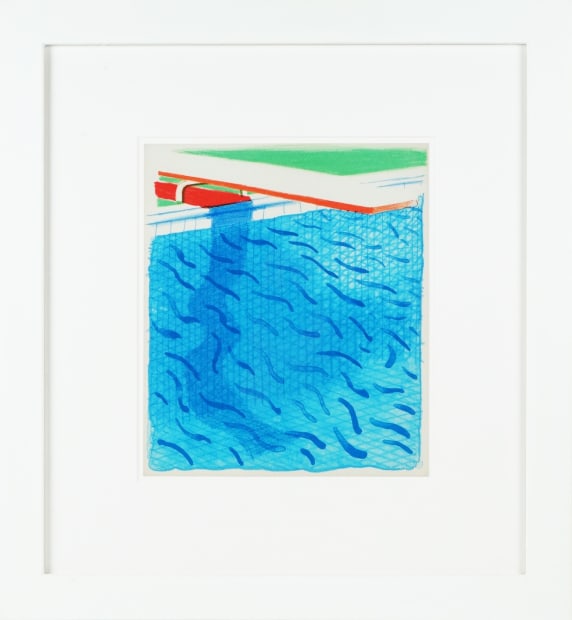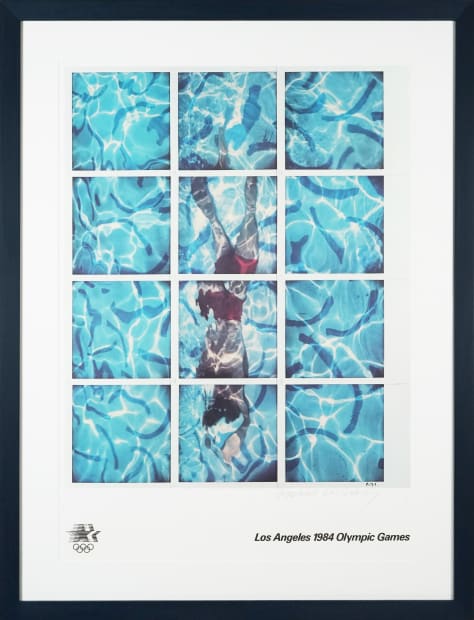-

-
Hockney is unquestionably one of the most important artists that Britain has ever produced. For eight decades he has been an unstoppable juggernaut, charting his own unique course through our visual culture. His work is tremendously sought-after, particularly images featuring his signature motif of the swimming pool.
Discover Three Iconic Hockney Swimming Pools at Hidden...
-

-

-

-
Looking for some inspiration? Browse Hidden's Collections below
Subscribe to receive our weekly newsletter.
Be the first to know about new artwork, exhibitions, events and offers.
* denotes required fields
Sign up now to get exclusive early access to new inventory before it hits our website. As a subscriber, you'll also receive advance notice about upcoming art fairs, events, and special offers. You can read our privacy policy here.












